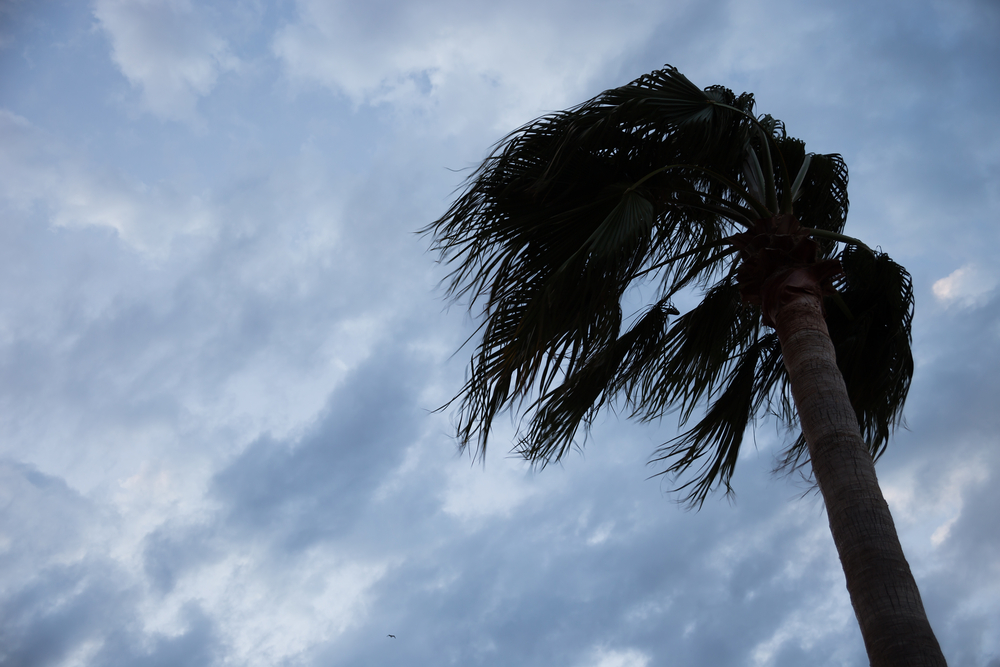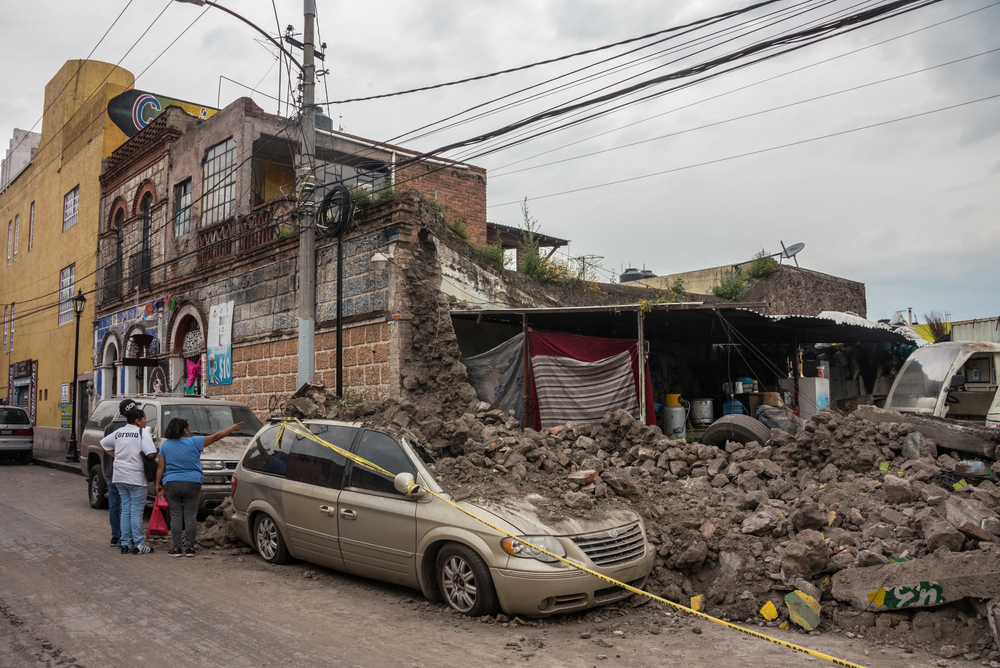

Disaster Update: Hurricane Irma (Barbuda & Antigua)
Do you remember Hurricane Irma? She tore through the Caribbean and then Florida in September, and while the storm may have been just a fleeting headline in your newsfeed, the hardest hit regions are still recovering from the impact today.
Areas hit by hurricanes often find themselves victims twice over: once to the storm itself, and then to the news cycle. While it may appear as though things have moved along — especially when you aren’t seeing any more news coverage on the disaster — for the people living in hard-hit areas like Antigua and Barbuda, this couldn’t be farther from the truth.
How Badly Were the Islands Affected?
The more heavily populated Antigua was spared the brunt of the storm and many of their tourism facilities remain intact. Its sister island didn’t fare so well. The 62-square-mile Barbuda was the first country hit by Irma’s 185 mph winds, which destroyed 90% of its structures.
Between the two islands there was an estimated $250 million USD in damage. Due to the criteria often used to calculate aid, developed countries have been slow to help the relatively wealthy nation.
Already struggling from the 2009 recession, Antigua and Barbuda rely heavily on tourism to support their economy. However, Barbuda is less developed than Antigua and now effectively unproductive.
What Has Been the Aftermath?
In Antigua, the industry picked up relatively quickly and most tourism destinations and beaches are already open to visitors in time for winter vacations. Barbuda has been slower to recover.
Fearing destruction from Hurricane Jose shortly after Hurricane Irma, the smaller island’s population of 1800 was evacuated to Antigua. Three weeks after Hurricane Jose passed, residents were allowed back to Barbuda. By December, only 350 of the 1800 residents had returned. Most people come for the week to work, and return to Antigua for their weekends
In fact, many Barbudans are staying in shelters in Antigua. One cricket stadium had nearly 200 people to house for two weeks, which quickly turned into two months. Home insurance wasn’t the norm in Barbuda, and many residents were renters. Extensive damage followed by the prolonged absence from the evacuation has made for a precarious housing situation, and many people simply have nothing to come home to.
While a restaurant, a bakery, and a supermarket were operating again by November, a month later, canned goods dominated the menu. Everyday life is a distant possibility as everyone’s energy is spent trying to clean up the wreckage and restore the region. There is no school or bank, and communications remain difficult.
What Still Needs to Be Done?
Progress has been made by the two-island nation, but there’s still a long road ahead – especially in Barbuda.
Barbuda’s Prime Minister, Gaston Browne, says his government is committed to rebuilding the island, but they “just don’t have the resources.” He wants to build houses that are better suited to the hurricane-prone climate, but that requires money. The situation is exacerbated by an existing rivalry between Antigua and Barbuda, with Antigua objecting to their taxes being used to repair Barbuda’s buildings.
Electricity and water were restored to Barbuda weeks ago, but most homes aren’t connected to the grids and mains. That’s up to homeowners to take care of, and most of them are still in Antigua.
While Barbuda’s tourism facilities aren’t as extensive as Antigua’s, its remote and uniquely untouched character makes it a choice destination, which means the restoration of these facilities is a key priority. Work is also ongoing for the police station, government buildings, and educational and medical buildings. The goal is to revive the economy and bring funds back into the small nation.
While the prospects look grim, local leaders are dedicated to motivating Barbudans to return to the island and rebuild their homes and community.
What Can You Do?
Organizations like ICF are dedicated to raising money to help rebuild Barbuda. We estimate the effort will take years, and our work is an ongoing effort to keep supporting the people who call the small island home.
The Barbuda Recovery & Conservation Trust (BRCT) is our emergency-relief fund, and we are working with the local government to coordinate efforts and maximize their impact.
You can help Barbudans return to their homes, their jobs, and their island. Donate now and see the immediate and long-term impact your contribution can make on the everyday lives of hundreds of people.
Join Our Mailing List
Stay Connected with ICF
Be the first to get exclusive updates on
what ICF is doing to make a difference!
